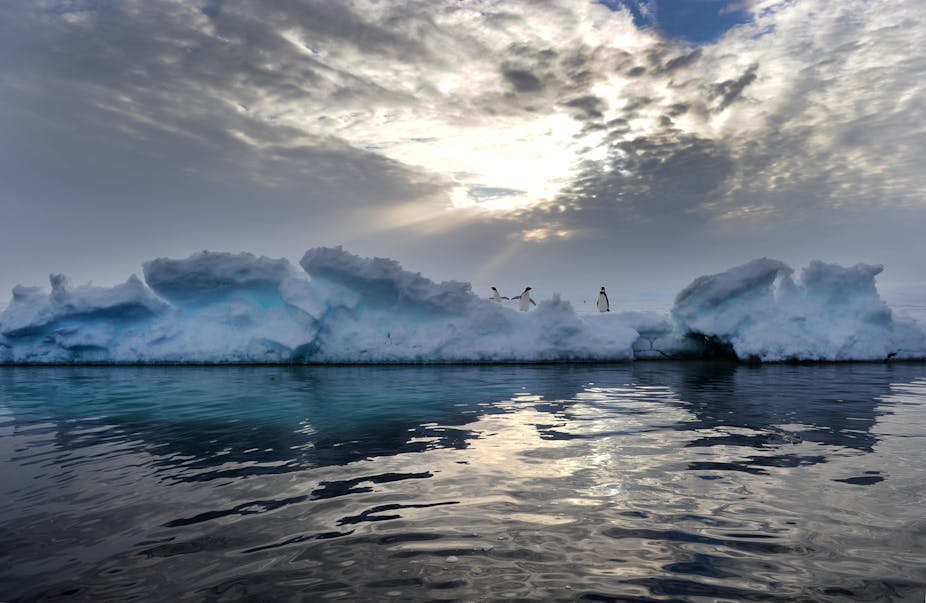SAVING THE OZONE: Part five in our series exploring the Montreal Protocol on Substances that Deplete the Ozone Layer – dubbed “the world’s most successful environmental agreement” – explores the parallels between saving the ozone and fighting climate change.
Since the discovery of the Antarctic ozone hole more than 20 years ago, scientists have shown that there are no direct links between global warming and the ozone hole. They are due to quite different processes associated with human activities - increasing greenhouse gas emissions on one hand and increasing release of ozone-depleting chemicals on the other.
There are a number of common misconceptions about connections between the two, such as the ozone hole allowing more sunshine in to heat the surface and cause global warming. Scientists have tried to combat these misconceptions through more effective communication of the cause of ozone depletion and the cause of global warming.
However, the climate system is very complex, with connections between many different parts. Hence, it should come as no surprise to hear that there are some indirect links between the Antarctic ozone hole and changes in surface weather and climate.
Ozone absorbs solar ultraviolet radiation, warming the stratosphere. The formation of the ozone hole means less UV radiation is absorbed, cooling the stratosphere over Antarctica in spring and summer. This cooling leads to stronger westerly winds in the upper atmosphere, as well as stronger westerly winds in the lower atmosphere in late spring and summer.

These stronger winds encircling Antarctica have a number of impacts on the surface climate. They lead to reduced heat transfer from lower latitudes, making most of Antarctica cooler than it would otherwise have been but warming the Antarctic Peninsula (the part that sticks up towards South America).
They also lead to three other changes: in Southern Ocean currents; in the gas exchanges between the Southern Ocean and the atmosphere; and in the expansion of sea ice extent.
All of these changes have been observed and modelled as responses to the ozone hole, indicating that there really is an indirect link between surface climate change and the Antarctic ozone hole.
There is a second connection between global warming and ozone depletion. Ozone-depleting chemicals are also very potent greenhouse gases. The reduction in emissions of ozone-depleting chemicals due to the establishment of the Montreal Protocol 25 years ago has been substantial. Without this reduction, global warming would have accelerated even more.
In fact, the reduction in greenhouse gases due to the Montreal Protocol is five times larger than the reduction in greenhouse gases achieved through the Kyoto Protocol.

The Montreal Protocol was thus not only a very successful international policy agreement addressing ozone depletion, but has also reduced global warming, if only by a small amount.
This is another important reason to celebrate the 25th anniversary of the Montreal Protocol!
Read more on the Montreal Protocol’s 25th anniversary.

